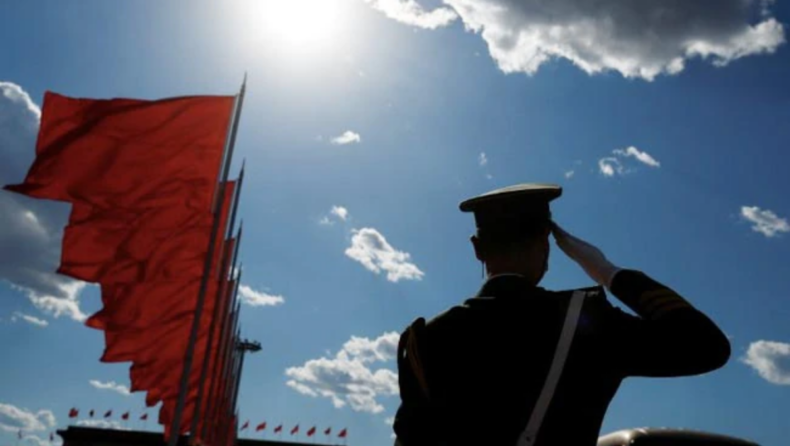Since the time when Communist China and Taiwan parted ways from one another at the end of the Chines Civil War in 1949; the waterway parting them has been a stressful geographical area.
The Taiwan Strait, 130 kilometres broad at its closest point, is an important foreign shipping channel and all that stands between now-democratic, self-governed Taiwan and its huge authoritarian companions.
Beijing has answered fiercely to this week’s stop to Taiwan by Nancy Pelosi, the US House Speaker, issuing constant bellicose threats and declaring a series of military drills in the waters adjacent to the island.
Historians identified three previous moments when restlessness within the Taiwan Strait changed into an acute crisis.
First Taiwan Strait Crisis
Mao Zedong’s communist forces at the end of the Chinese Civil War had finally thrown out Chiang Kai-shek’s Nationalists, who moved to Taiwan. The People’s Republic of China on the mainland and The Republic of China in Taiwan are the two opponents that stood on each side of the Strait.

In August 1954, the First Taiwan Strait Crisis broke out when the Nationalists laid down thousands of armed forces on two small islands: Taiwan-ruled Kinmen and Matsu.
Communist China answered with artillery bombardments of the islands and the successful acquirement of the Yijiangshan Islands. The crisis was in the end resolved but eventually bought China and the US to war.
Second Taiwan Strait Crisis
The conflict broke out again in 1958 as Mao’s forces organized a powerful bombardment of Kinmen and Matsu to remove the Nationalists’ armed forces.
US President Dwight D. Eisenhower commanded his troops to guard their Taiwan partners as the loss of those islands may collapse the Nationalist’s and Beijing’s control of Taiwan.

Beijing after declared a cease-fire after failing to capture the two islands.
Third Taiwan Strait Crisis
Tensions started rising again in 1995 when China started test-firing missiles in the waters surrounding Taiwan to object a visit by Taiwanese President Lee Tang-hui to his Alma Mater University in the US.

Beijing disliked Lee because he supported Taiwan in announcing its independence. Meanwhile, missile tests were taking place as Taiwan held its first presidential elections. But the stunt backfired. The US send two aircraft carrier groups to pressurize China into withdrawing, and Lee won the elections.












